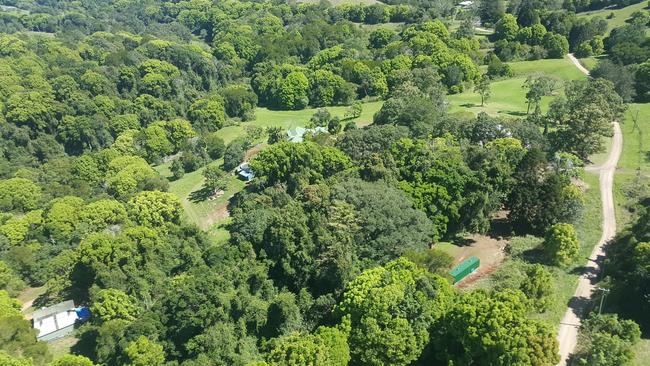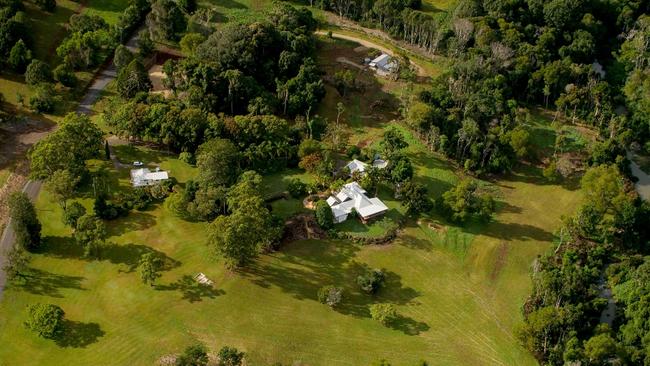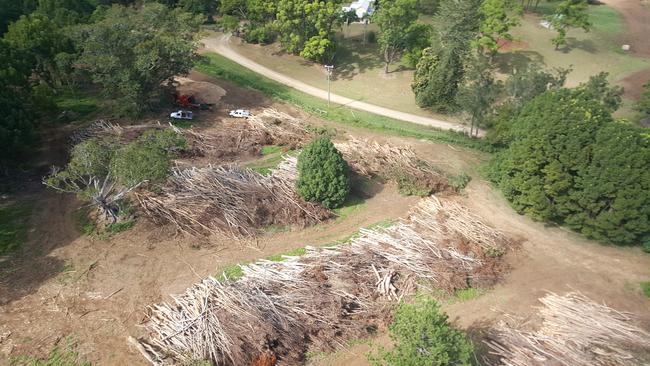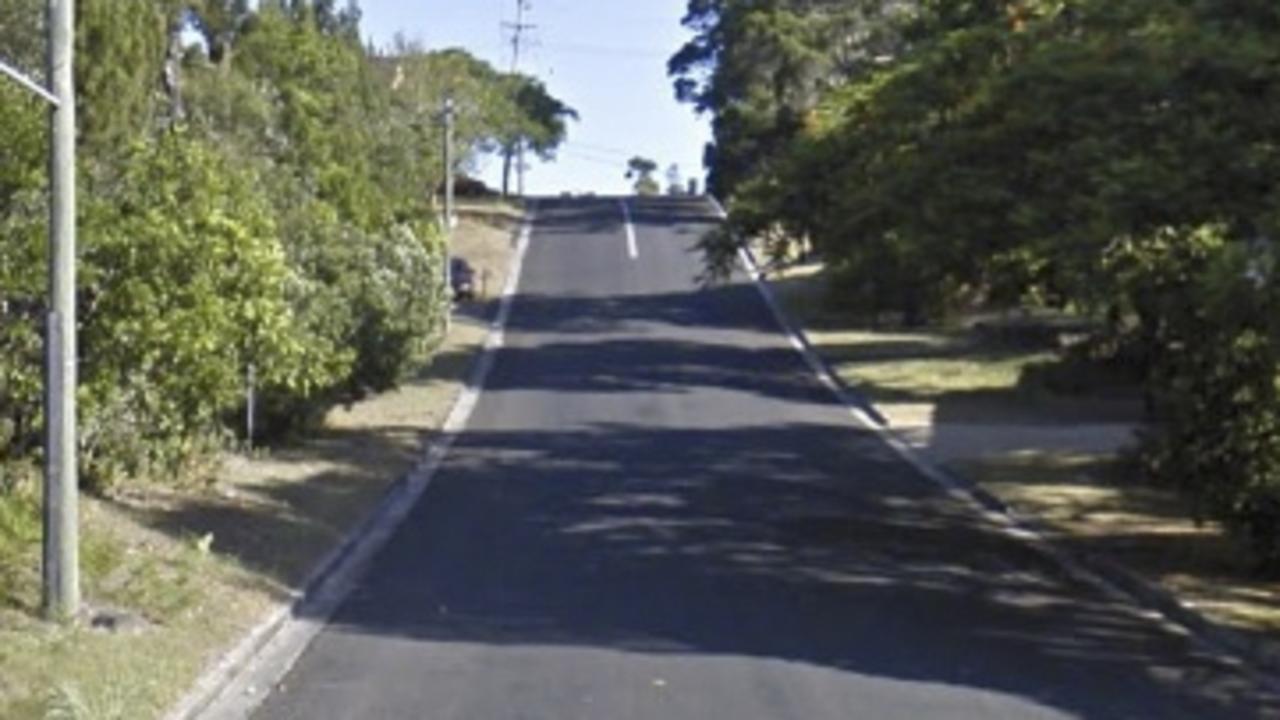‘Monoculture’ turned to diverse habitat in hinterland
“Every little bit helps and some of our more threatened ecosystems, they’re really on the edge.”

Byron Shire
Don't miss out on the headlines from Byron Shire. Followed categories will be added to My News.
THEIR bright green foliage may add to the patchwork of colours in the landscape of the North Coast.
But camphor laurels, introduced to the region in the late 1800s for shade in school yards and on cattle farms, are highly invasive and can largely hamper native habitat.
Some landholders are going to great lengths to remove them and regenerate the land they've long dominated.
Taryn McGregor of Rockinghorse Studios in Coorabell said they had removed more than 4000 camphor laurels from the property.
They drew upon a range of tactics for removing the trees, including cutting them down and poisoning the stumpsH

Some of the wood was exported overseas where there's a market for it, while smaller trees went to sugar mills for green energy.
"We chipped and mulched lots of lantana and privet, providing mulch to the ground, and we are continuing with drilling, poisoning and leaving the harder to reach trees, this continues to provide food for the birds and creates habitat," Ms McGregor said.
They had professional help with the tree removal and sought advice on the best endemic species for the cleared area.
"Peter Sutton from Earth Logistics managed the tree removal and Ross Faithful from East Coast Bush regeneration has handled the poisoning and replanting," she said.
"He will continue to do this until the rainforest has re-established and the unwanted weeds find it much harder to compete.

"The one thing he always told us is do it right the first time. Not poisoning camphor stumps properly allows them to reshoot.
"We were also very lucky that this property had a natural seed bank that, when disturbed by the camphor removal, generated a lot of new growth where we haven't planted.
"This seed bank has likely generated twice as many trees as we have planted so all we have to do it continue managing the pests until they are established."
Ms McGregor said the efforts began in 2016, the same year she bought the property with husband Robert McGregor and her father, John Callanan.
At that time, there were six camphors that "needed to come down" and couldn't simply be poisoned as they'd risk falling on the buildings.
They're still going today and she estimates about 3000 camphor laurels have been removed while some 7000 specimens from a range of endemic species have been planted.
"To be able to take them out gave us the opportunity to do this regeneration work," she said.
Liz Caddick, a biodiversity officer at Byron Shire Council, said while camphors are problematic they're also a significant food source for birds.

This can bring an unexpected benefit: native seeds will be dumped underneath camphors in droppings while birds feed, contributing to a seed bank like the one that has helped with the natural regeneration of Ms McGregor's property.
Ms Caddick said the council encourages people to work with qualified experts in bush regeneration, and to also speak with Brunswick Valley Landcare "to maximise the biodiversity benefits".
She said the best way to tackle particular stands of camphor laurel should be considered on a case-by-case basis.
While the right method is a site-specific matter, she said with the right expertise, it's not too hard to "transform a camphor laurel monoculture into a native forest".
Particularly in high conservation value areas, Ms Caddick said landholders and local groups helping to transform these "monoculture" forests into native habitat would make a "massive difference".
"Every little bit helps and some of our more threatened ecosystems, they're really on the edge," she said.
"We always encourage people to plant native species, whether you've got a big property or a tiny suburban garden."
The council has been gathering a database of landholders hoping to help revegetate vital habitat areas.
Ms Caddick also encouraged people to connect with landcare or Land for Wildlife.
In NSW, the Land for Wildlife scheme is co-ordinated by the Community Environment Network in partnership with the Office of Environment and Heritage. It's a voluntary property registration scheme for landholders who want to manage wildlife habitat on their property. Visit cen.org.au/projects/land-for-wildlife.


